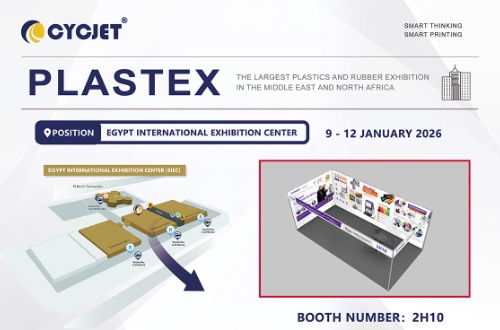What can a cone calorimeter generally test?
 2020-10-12
2020-10-12
Generally speaking, the application of cone calorimeter can obtain multiple performance parameters of combustion samples, such as heat release rate, mass loss rate, smoke generation rate, effective heat of combustion and ignition time, as well as the toxicity and combustion gas Corrosion etc. These performance parameters are measured under stable, real, and easy-to-control conditions, so that the operation can be repeated at different times and places.
1. Heat release rate (Heat Relea se Rate, referred to as HRR)
HRR generally refers to the rate of heat release per unit area after the material is ignited at a preset intensity of incident heat flow. HRR is generally a parameter used to characterize the more important performance of fire intensity. The unit is generally kW/m2. The larger value of HRR is the peak of heat release rate (Peak of HHR, referred to as pkHRR). Therefore, pkHRR basically represents the material when the material burns. The degree of greater heat release. The greater the HRR and pkHHR, the greater the heat released by the burning of the material, and the greater the fire hazard.
2. Total Heat Release (THR)
THR generally refers to the total amount of heat released by the material from ignition to flame extinguishment under the preset intensity of incident heat flow. The general unit is MJ/m².

If HRR and THR can be combined, the combustibility and flame retardancy of materials can be better evaluated, and it will have a more objective and comprehensive guiding role for fire research.
3. Mass Loss Rate (Mass Loss Rate, MLR)
MLR generally refers to the rate of change of the mass of the combustion sample over time during the combustion process, which reflects the degree of thermal cracking, volatilization and combustion of the material under a certain fire intensity.
The MLR value is generally calculated by a 5-point numerical differential equation. The unit of MLR is g/s. In addition to the mass loss rate, the mass loss curve can also be obtained from CONE, so as to obtain the residual mass at different times, which is convenient for visual analysis of the cracking behavior of the combustion sample.
4. Smoke Produce Rate (SPR)
SPR is generally defined as the ratio of the specific extinction area to the mass loss rate, in m2/S, that is, where SEA is the Specific Extinction Area (Specific Extinction Area), and SEA represents the smoke produced by volatilizing a unit mass of material , It does not directly indicate the amount of smoke produced, but a conversion factor for calculating the amount of smoke produced, in m²/kg.
Similarly, the total smoke rate (Total Smoke Rate) can be obtained by integrating, TSR=∫SPR, TSR represents the cumulative total smoke generated per unit area of the sample when burning, the unit is m²/m².




